Socotrian studies
-
Corpus of Soqotri folklore
Before the 1980s the bulk of published Soqotri folklore texts was the result of titanic efforts of one researcher only, the famous Austrian Arabist and Semiticist D.H. Müller, who penned three fundamental monographies on Soqotra oral literature. In the period between 1905 and 1981 not a sole item of Soqotra folklore or any other text in Soqotri language appeared in print. For the most part of this period Soqotra was under British protectorate and was even the object of several scientific expeditions. Still, neither language material nor the oral lore of the island attracted the attention of British researchers.
After the independent state of South Yemen was formed, the Western researchers became somewhat more interested in the language and the culture of Soqotra. Thus, the British scientist M. Morris published a series of highly interesting studies on traditional medicine and ethnobotany, the most important of which is the fundamental, richly illuminated compendium «Ethnoflora of the Soqotra Archipelago» (co-authored by A.G. Miller). The French linguists M.-C. Simeone-Senelle and A. Lonnet have carried out important research on grammar and vocabulary of Soqotri language, but they did not publish any texts in Soqotri.
Therefore, the importance of a monography on Soqotri ethnolinguistics by V.V. Naumkin and V.Ya. Porkhomovsky, published in 1981, cannot be denied. For the first time since Müller’s pioneering publications, some twenty samples of Soqotri folklore were offered to the attention of the interested reader. An important supplement to this monography was published by the same authors in 1995 as a separate article. Although originally the publications by V.V. Naumkin and V.Ya. Porkhomovsky were printed in Russian and were ill-accessible for a western reader, for several decades they were highly valued as practically the only source of data on modern Soqotri language and oral literature.
In 2010, V.V. Naumkin formed a group of researchers on Arabic and other languages and cultures of Middle East, who enthusiastically approached the ambitious task of creating and publishing a series of Corpus of the Soqotri Oral Literature (CSOL).
In 2012–2014, the texts of the first volume of CSOL appeared as preliminary publications, in which the method of edition of texts in a living Semitic language was elaborated, in accordance with the requirements of the modern philology and linguistics. At the end of 2014, the first volume of CSOL was printed, a fundamental study of almost 800 pages, by the Dutch international academic publishing house «Brill». In 2018, the second volume appeared. The third volume of CSOL is in preparation.
-
Other folklore texts
In the course of joint work with the language consultants, it became clear that not all texts recorded by V. Naumkin in his early field work, could be approved for publication in CSOL. In the first place, the texts of erotic content are involved, which were regarded in People’s Democratic Republic of Yemen with a great deal of tolerance, but are much disapproved by the modern Soqotrans, who strictly observe the ethics of Islam. The language consultants agree to discuss and comment on such texts, in view of their obvious linguistic and folklore value, but strongly object to see them published in works co-authored by them. To reach a compromise, these texts were published, together with a comprehensive linguistic analysis, as a separate paper.
-
«Revitalization» of Soqotri texts published by D.H. Müller
In 2012, L.E. Kogan was given access to the unique phonograph records of Soqotri poetry, made at the end of 19th – beginning of the 20th cent. by D.H. Müller and preserved in the Phonogrammarchiv of the Austrian Academy of Sciences. Despite the poor quality of the records, they were, on a whole, comprehensible to the language consultants. As a result, a remarkable linguistic and cultural experiment was performed, namely, the «revitalization» of the extremely important texts, recorded more than hundred years ago, in the course of intensive collaboration of the descendants of the original performers. The first result of this highly promising research was published in Oxford University Press in 2015 under the title Soqotri Texts in the Phonogrammarchiv of the Austrian Academy of Sciences. An Annotated Edition.
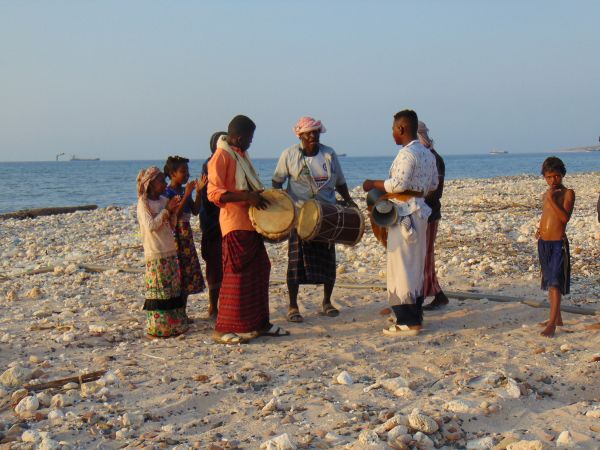
|
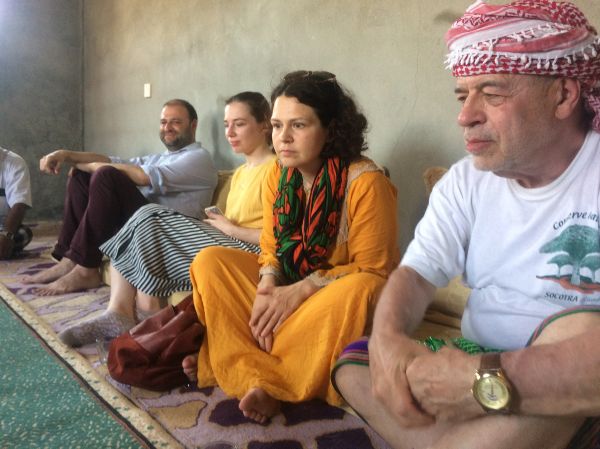
|

|
-
The analysis of Soqotri folklore
As early as in 1902, in the course of the preliminary acquaintance with the scanty number of samples of Soqotri and Mehri oral lore, D.H. Müller penned a number of pioneering essays, in which he analyzed the available materials from the perspective of comparative typology, finding parallels to the narratives of the South Arabian folklore in the oral literature traditions of East and West. Regrettably, no new original publications on this highly interesting topic have emerged since then, despite the fact that even the texts collected by Müller (to say nothing of the more recently published texts) provide vast possibilities for comparative investigations on folklore.
Since 2016, V. Naumkin and L. Kogan have initiated comparative-historical analysis of narrative folklore texts of Soqotra, in close cooperation with Yu. Beryozkin, a renowned specialist on folklore typology, geographic distribution and migration of folklore motives. Till now, 30 samples of Soqotri folklore texts have been thoroughly analyzed. The highest number of parallels has been established in Middle Eastern and Mediterranean traditions. Yet, a number of specific motives is shared by Soqotri folklore, on the one hand, with India, and, on the other hand, with the peoples of the Horn of Africa (and Northern Africa as a whole).
-
Research of verbal morphology
In 1970s, V. V. Naumkin forms a unique database on the verbal morphology of Soqotri language, which contained full paradigms of the main forms for more than thirty verbal lexemes. Since 2010, M. Bulakh and L. Kogan carry out fundamental research in this domain, which aims at a comprehensive analysis of the verbal morphology of Soqotri (“strong” and “weak” verbs in the basic and derived stems, as well as morphologically anormal verbs). The lexical database which serves as the basis for the analysis includes more than thousand items of verbal vocabulary, many of the previously unknown. Besides, L. Kogan and M. Bulakh have described two verbal grammatical categories of Soqotri, previously practically unknown: the «old imperative» and the n-conditional.
-
Research on nominal derivation
An important part of the research program is the description of two highly interesting domains of Soqotri nominal morphology: diminutives and infinitives.
The information on Soqotri diminutive offered in earlier publications is extremely brief and superficial. The correct linguistic analysis of the available examples was impeded by the absence of a convincing model of description of the Soqotri vowels. Thanks to the field research of the Russian linguists the situation has considerably improved: the database with the information on Soqotri diminutive includes no less than 200 items, and this material has been analyzed, taking into account the new analysis of the Soqotri vocalism. After the supplementation of the database with new material, a full and systematic description of Soqotri diminutive is envisaged, including the diachronic dimension.
In the previous research, the category of infinitive (or masdar) in Soqotri is scarcely mentions. Yet, the field research has revealed that practically every verb of Soqotri has a derived verbal noun. The morphologic correlation is similar to what is observed in Classical Arabic: diversity in the basic stem with no systematic prediction of the morphological type vs. morphologically regular formation of infinitives in the derived stems.
-
Soqotri lexical archive
In the course of work on translation and commentary of Soqotri folklore texts the Russian researches came to conclusion that the lexical items contained in Lexique Soqotri by W. Leslau does not represent the whole wealth of Soqotri vocabulary, preserved in the speech of the informants. Detailed description of hundreds of «new» lexemes of Soqotri is hardly possible in the framework of philological commentary on separate texts. Therefore, it was decided to publish a series of lexicographic papers, entitled «Soqotri lexical archive». At present, the German orientalistic periodical Zeitschrift den Deutschen Morgenländischen Gesellschaft has published three issues of the «Archive». Two more issues are in preparation. Each paper contains 60 lexemes, commented in synchronic and diachronic perspective. Thus, no less than 300 earlier unknown verbal and nominal lexemes of Soqotri are introduced into the domain of comparative Semitic lexicography.
-
Phonological description of Soqotri vocalism
The Soqotri vocalic system has presented a real tabula rasa for Semiticists for many decades. This gap has been filled by a special investigation by V. Naumkin and L. Kogan. A comprehensive analysis of verbal and nominal wordforms has revealed that the core of the Soqotri vocalic system is constituted by five phonemes (i, e, a, o, u). Other vocalic tembres mentioned in the literature either are phonologically irrelevant or have only restricted employment in the vocalic oppositions. The minimalist approach advocated by the authors proved to be extremely fruitful both for the synchronic analysis of the Soqotri language and for the comparative analysis of Soqotri and the continental Modern South Arabian languages.
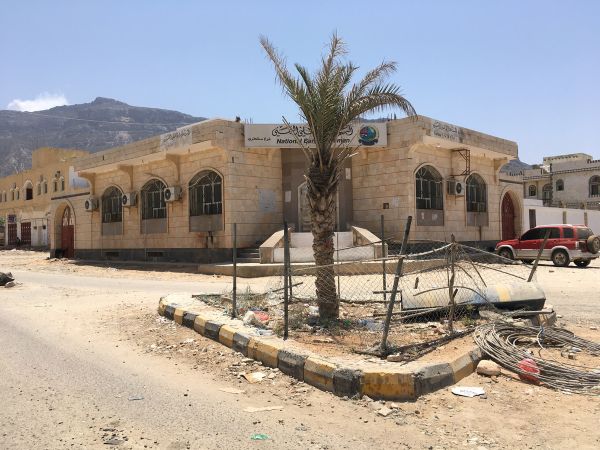
|
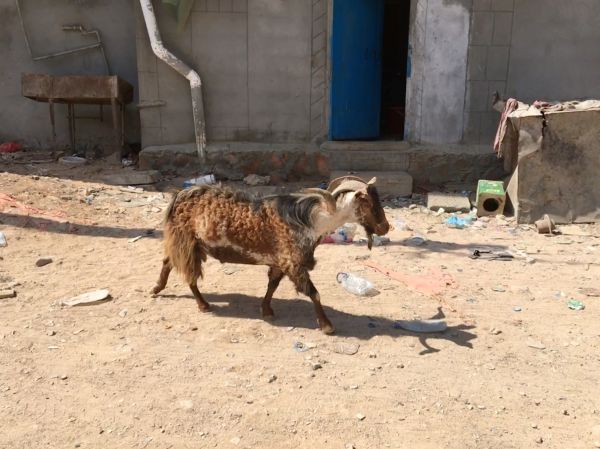
|
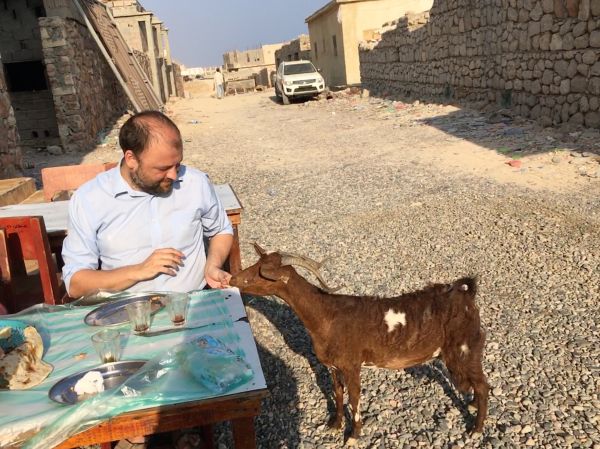
|

|


